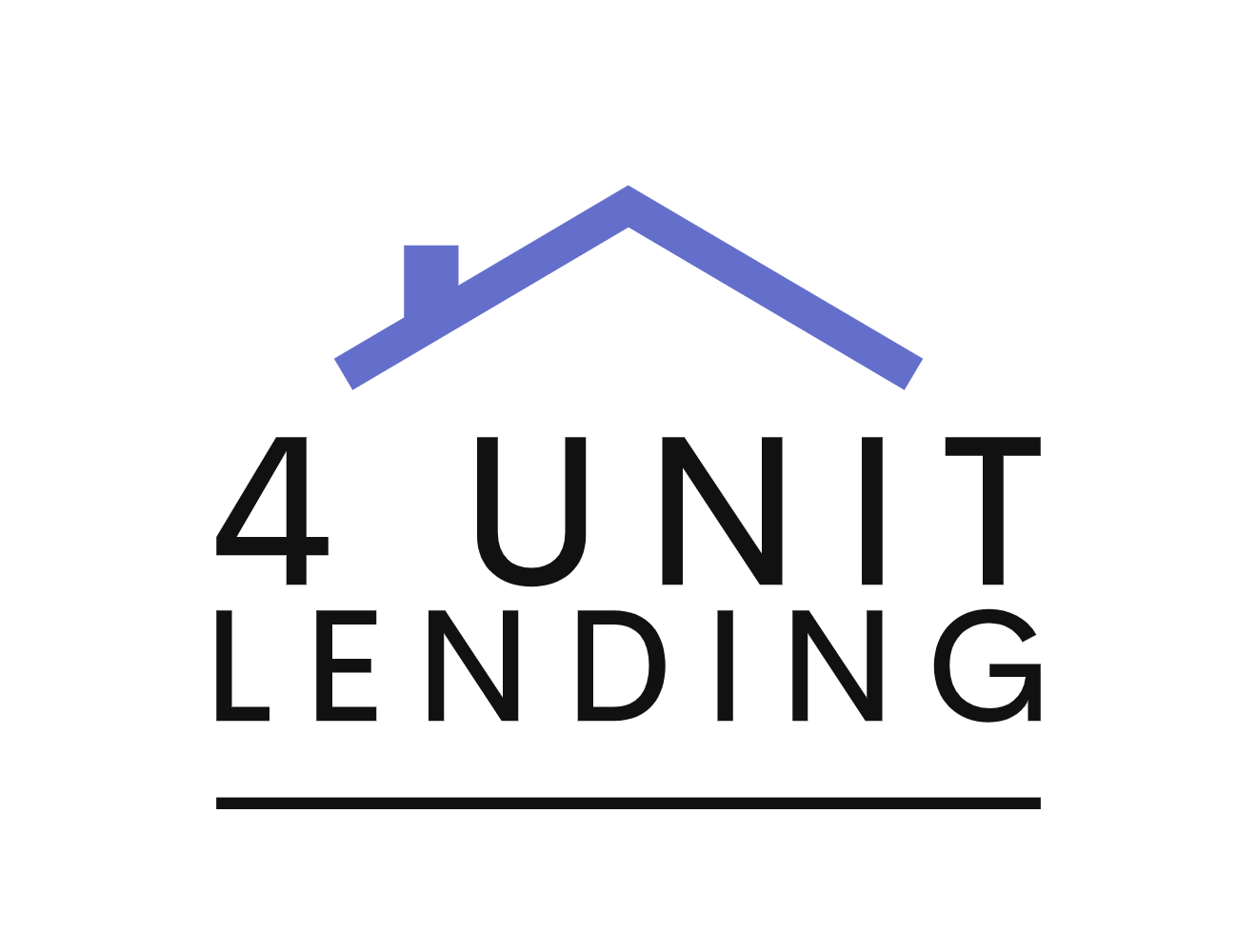Insurance costs have been increasing significantly, with an astounding 23% increase in average homeowners insurance premiums between January 2023 and February 2024. This sharp uptick raises some critical questions for real estate investors: Will insurance costs continue to rise? If so, by how much? How will this impact real estate investors and their bottom line?
Unfortunately, the future of insurance costs remains relatively uncertain.
Insurance companies typically do not project risk on a 5-year or 10-year horizon. Instead, they tend to adjust premiums annually based on the previous year’s losses to recoup their money and secure desired profits. While this description may brush over some of the finer complexities in insurance pricing, it is an accurate reflection of the industry’s reactive year-to-year approach.
When one starts to consider the implications of climate change on insurance costs, things become even more unclear.
The industry is facing unprecedented challenges as unpredictable natural disasters and extreme weather events become more frequent and severe. As a result, insurance companies are finding it increasingly difficult to accurately assess and price the risk of insuring properties in disaster prone areas. These challenges complicate the long-term predictions about future climate risks and costs.
All of this has a serious impact on the real estate industry, particularly for investors with multiple properties and long-term investment strategies.
Rising insurance costs can quickly eat into profit margins and make it more difficult for investors to maintain a healthy cash flow. It may even discourage some investors from purchasing properties in high risk areas altogether. This limits their options and potentially hinders the growth of their portfolio.
Let’s take a look at some recent developments in the home insurance industry, the implications of rising prices, and how climate change could exacerbate the situation even further.
Rising Real Estate Insurance Costs and Natural Disasters
For long-term real estate investors, anticipating future costs is vital, especially when assessing a property’s potential profitability. Insurance premiums are a critical component of property cashflow.
The data shows that natural disasters are occurring with increased frequency and severity. This uptick in extreme weather events has significant implications for insurance costs.
While insurance companies use complex data maps to classify risk and set rates, these maps are not keeping up with the latest data on climate change and natural disaster trends. Consequently, the insurance premiums may not accurately reflect current risks.
Recent reports show that insurers are increasingly pulling back from high-risk markets due to escalating amounts of claims. Over the past three years, U.S. insurance companies have paid out nearly $300 billion in claims — a record amount. This has led some insurers to exit markets in states like California, Florida, and Louisiana, where risks are deemed too high.
Extreme weather events have become a significant driver of these rising costs. For example, in 2022 alone, natural disasters caused a global economic loss of $275 billion, with insurance covering about 45%.
This substantial payout pressure combined with the pressure of high inflation has led insurers to reevaluate their exposure to high-risk areas. The result: increased premiums or complete withdrawal from those markets.
Quantifying Climate Change Impact
Insurance companies use maps to classify risk and set rates. However, these maps are not always updated to reflect the latest data on climate change and natural disaster trends. Consequently, the insurance premiums may not accurately reflect current risks.
However, the Federal Emergency Management Agency (FEMA) does provide tools like the National Risk Index (NRI) map to help quantify these risks.
The NRI map shows expected annual loss (EAL) rates, which measure the likelihood of a natural disaster occurring in a given area and the potential impact on people, agriculture, and property values. The NRI also takes into account climate change projections, such as anticipated sea level rise or increased frequency of extreme weather events.
By examining the “Building EAL Rate” for specific counties, investors can gauge the potential annual loss due to natural disasters. Here are some examples:
Allegheny County, PA (Pittsburgh): $1 per $20,660 of building valueBaltimore County, MD: $1 per $2,200 of building valueDuval County, FL (Jacksonville): $1 per $1,070 of building valueCharleston County, SC (Charleston): $1 per $207 of building value
These figures highlight significant variations in risk, with some areas facing much higher potential losses than others. Incorporating these figures into your revenue projections and investment risk profiles is useful. However, it’s also important to note that these figures are not static. If climate change continues at its current pace, expected losses could increase significantly in the future.
Conclusion:
At what rate will expected annual loss (EAL) increase? That’s the trillion-dollar question facing the insurance industry.
While it’s clear that insurance costs will continue to rise if there is an increasing frequency and severity of natural disasters, the exact rate of increase is uncertain.
Insurers are grappling with the combined pressures of climate change, inflation, and higher claims costs, leading to significant premium hikes. And, in some cases, complete withdrawal from high-risk markets.
This presents a challenging situation for both investors and homeowners in these high-risk areas. As the effects of climate change continue to unfold, it is crucial for investors to carefully consider the potential risks and losses associated with their properties.
Furthermore, as society becomes increasingly aware of the impacts of climate change, there may also be a shift in consumer behavior towards more sustainable and disaster-resilient properties. This could potentially alter property values and insurance rates in the long run.

